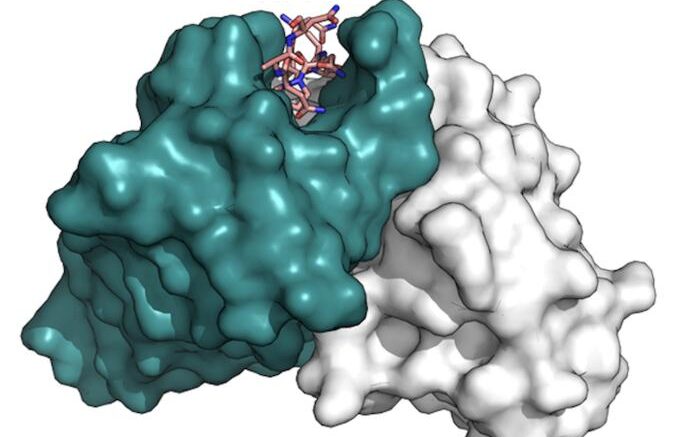The R21/Matrix-M malaria vaccine generates nearly identical antibodies as those following a natural infection, helping explain why the vaccine confers such strong protection against the earliest life stage of malaria parasites, according to research published in the Journal of Experimental Medicine.
“This is exactly what you want to see – that a vaccine elicits the same immune response as a natural infection, but without the malaria parasites causing disease, which still claims more than 600,000 lives a year,” said Gregory Ippolito, PhD, associate professor at Texas Biomedical Research Institute, who led the analysis.
The R21/Matrix-M malaria vaccine is one of two malaria vaccines recommended by the World Health Organization for prevention of malaria in children. The R21/Matrix-M vaccine was developed by the University of Oxford’s Jenner Institute and the Serum Institute of India. To generate protective antibodies, the vaccine mimics parts of the proteins that encase the parasites when they are transmitted from mosquitoes when they bite. It is important to block the parasites at this early sporozoite stage before they spread to the blood stream, which is when symptoms begin. The vaccine also includes Novavax’s Matrix-M adjuvant, which helps boost the immune response.
Dr. Ippolito has been collaborating with professor Katie Ewer, Ph., co-corresponding paper author, and the team developing the R21 vaccine for many years. Studies evaluating the antibody response were completed at University of Texas at Austin during the first human clinical trials.
To identify and quantify antibodies found throughout the body, the researchers used specialized next-generation sequencing and mass spectrometry protocols that Ippolito co-developed, called BCR-seq and Ig-seq. These protocols enabled the team to precisely identify the antibodies present in adult volunteers after vaccination and after being bitten by malaria-carrying mosquitoes in a “controlled human malaria infection.” (The strain of malaria was known to be treatable with the medication chloroquine if needed.) The researchers also compared the results to other preexisting data from natural malaria infections.
The results were striking in how the antibodies generated by the R21/Matrix-M vaccine were indistinguishable from those observed following natural infection. The variety of antibodies also did not change following infection in the vaccinated individuals, which indicates they are effective, long-lasting and did not require further adaptation.
“This vaccine approach, including the adjuvant from Novavax, are important to consider as malaria vaccines targeting other life stages of the parasites are developed,” Ippolito said.
Reference: Jonathan R. McDaniel, William N. Voss, Georgina Bowyer, Scott A. Rush, Alexandra J. Spencer, Duncan Bellamy, Marta Ulaszewska, Jule Goike, Scott Gregory, C. Richter King, Jason S. McLellan, Adrian V.S. Hill, George Georgiou, Katie J. Ewer, Gregory C. Ippolito; Repertoire, function, and structure of serological antibodies induced by the R21/Matrix-M malaria vaccine. J Exp Med 6 October 2025; 222 (10): e20241908. doi: https://doi.org/10.1084/jem.20241908
Source: Texas Biomed
